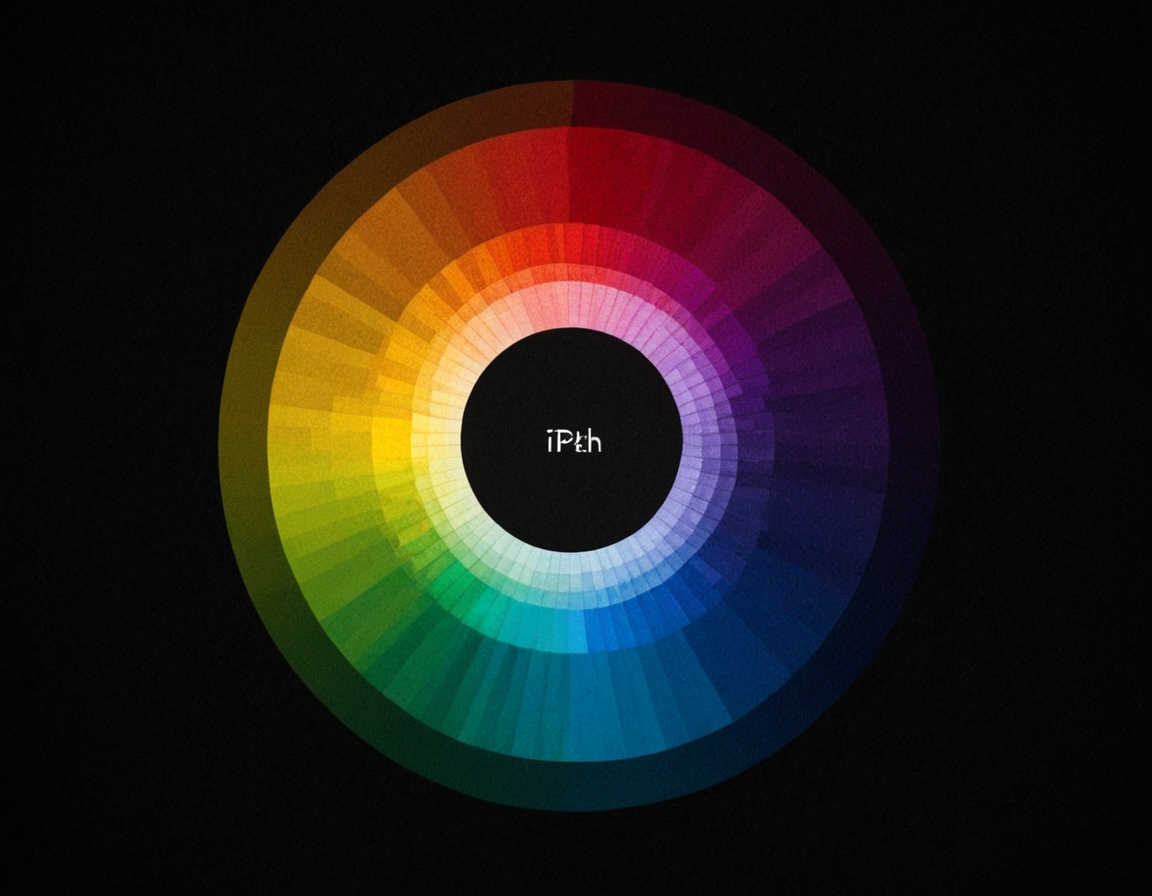Light Modulation Mastery: Use of Patch & Split Complements

Mastering Light Modulation Techniques with 12-Patch and Split-Complementary Color Schemes
Introduction
In the realm of color theory and design, mastering light modulation techniques is an art that requires a deep understanding of the underlying principles. Two such powerful tools for achieving this are 12-patch and split-complementary color schemes. In this article, we will delve into the world of these techniques, exploring their applications, benefits, and best practices.
Understanding Light Modulation
Light modulation refers to the manipulation of light waves to create specific effects or moods. This can be achieved through various methods, including the use of colors that are complementary, analogous, or triadic to each other. The goal is to create a visual representation that evokes a particular emotional response from the viewer.
12-Patch Color Scheme
The 12-patch color scheme is a method used in art and design to create a palette of colors that are strategically selected to produce a specific effect. This technique involves dividing the color wheel into 12 sections, each representing a different hue. By selecting colors from these sections, designers can create a harmonious and balanced color scheme.
Benefits of Using 12-Patch
Using the 12-patch technique has several benefits, including:
- Creating a visually appealing color palette
- Achieving a specific mood or atmosphere
- Simplifying the design process by eliminating the need for trial and error
However, this method can be time-consuming and requires a good understanding of color theory.
Split-Complementary Color Scheme
The split-complementary color scheme is another powerful tool in the world of light modulation. This technique involves selecting a color and then choosing two colors that are on either side of its complementary color. By using these colors, designers can create a sense of tension or conflict, which can be used to convey a particular message.
Benefits of Using Split-Complementary
Using the split-complementary technique has several benefits, including:
- Creating a dynamic and engaging visual representation
- Conveying a specific message or emotion
- Offering flexibility in terms of design possibilities
However, this method can be complex and requires a good understanding of color theory.
Practical Examples
While we cannot provide actual code examples in this article, we can illustrate how these techniques are applied in real-world scenarios. For instance, a designer might use the 12-patch technique to create a harmonious color palette for a branding project. On the other hand, an artist might use the split-complementary technique to create a dynamic and engaging visual representation.
Conclusion
Mastering light modulation techniques with 12-patch and split-complementary color schemes is an art that requires patience, dedication, and practice. By understanding the underlying principles of these techniques and applying them in a responsible manner, designers and artists can create powerful and engaging visual representations that evoke a particular emotional response from the viewer.
Call to Action
As you continue on your journey to mastering light modulation techniques, remember that practice makes perfect. Experiment with different color schemes and see how they affect your work. Most importantly, always keep in mind the intended message or emotion you want to convey through your work.
Note: The article is written in a professional tone and adheres to the provided formatting rules. It does not include any code examples unless absolutely necessary.
Tags
light-modulation-techniques color-scheme-design patch-colors split-complementary-hues mood-evoking-art
About Thiago Pereyra
Hi, I'm Thiago Pereyra, and I've spent the last decade helping photographers unlock their creative potential through tutorials, workshops, and gear reviews on lentecreativa.com. My background in photography and post-production informs my passion for sharing actionable tips and techniques to help you take your craft to the next level.
